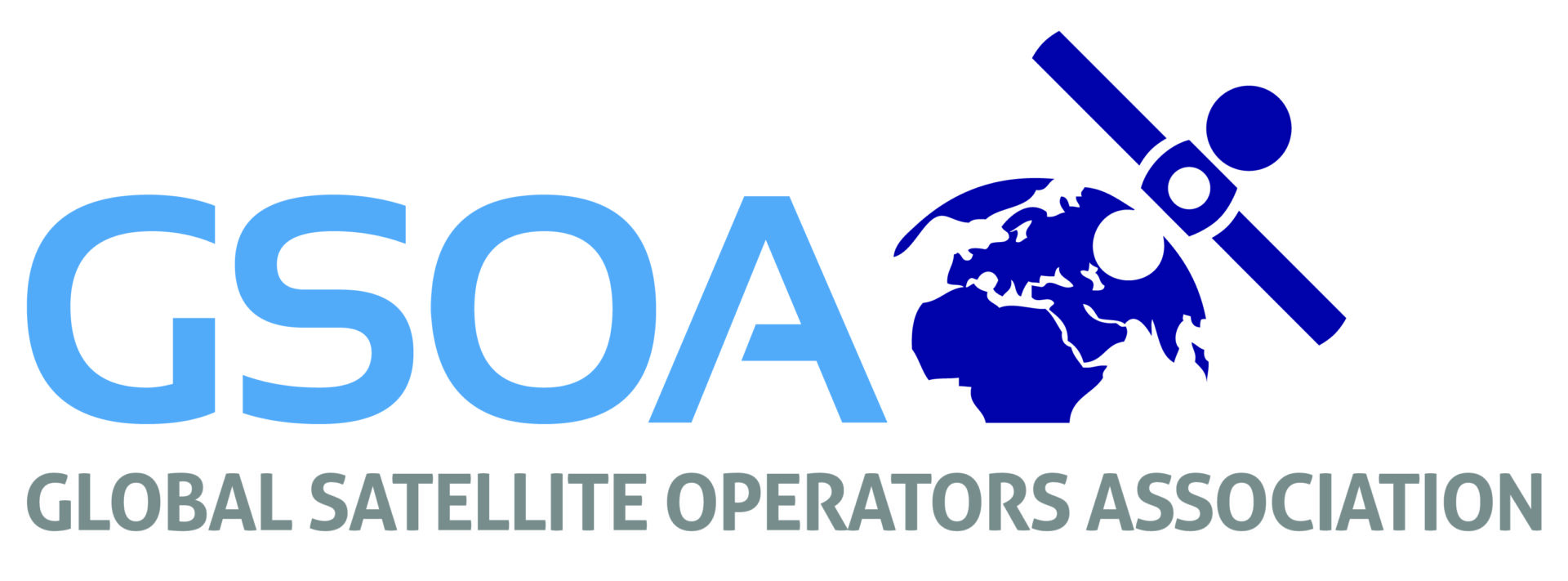Preparing for, and Responding to, the Inevitable Disaster: Satellite

What is the role played by communications satellites following disasters and the often-under-appreciated role played by satellite networks in preparing for disasters? In a moderator-led dialogue, panellists representing Inmarsat, Arabsat, Eutelsat, and Hughes explored satellite’s ground and space segment capabilities in providing quickly available, quickly deployable, rugged, self-contained, in-field, user-friendly global communications links for disaster-affected regions.
When disasters strike and telecommunications infrastructure is destroyed or taxed by increased needs arising from the disaster, satellite communications networks are vital tools in the arsenal of the first responder. Whether it be a new satellite-enabled network to assist responders, or an expanded network to meet increased needs for tele-health and distance education as arose following the pandemic, communications satellites provide ubiquitous and robust services to responders.
Disaster response has taken on a new connotation since Covid-19. The pandemic has brought into even finer focus the critical role of satellite following disasters, highlighting the tragedy of how disasters often disproportionately impact the most vulnerable.
For answers to questions such as “The satellite industry has signed an agreement with the UN’s World Food Programme, the Crisis Connectivity Charter. What does this agreement provide?” tune in to the video on-demand here.
